With the rapid development of technology, 3D scanning technology has penetrated into various aspects of our lives.
Among them, as an emerging technological device, foot 3D scanners are gradually gaining attention and recognition from people. This article will provide a detailed interpretation of the working principle, practical applications, and future development trends of foot 3D scanners, taking you into this magical world of technology.
I. Working Principle of Foot 3D Scanner
Foot 3D scanners adopt advanced 3D measurement technology to accurately capture the three-dimensional morphology of the foot by non-contact laser scanning or structured light projection on the surface of the foot.
These devices are typically equipped with high-definition cameras and precision sensors, capable of capturing every subtle feature of the foot, such as toe length, arch height, and sole curvature.
During the scanning process, the device emits lasers or structured light, which form unique projection patterns on the surface of the foot.
The high-definition camera captures these patterns, and the built-in algorithm calculates the three-dimensional data of the foot. This data is then processed into a three-dimensional model, which users can view and edit on terminal devices such as computers or smartphones.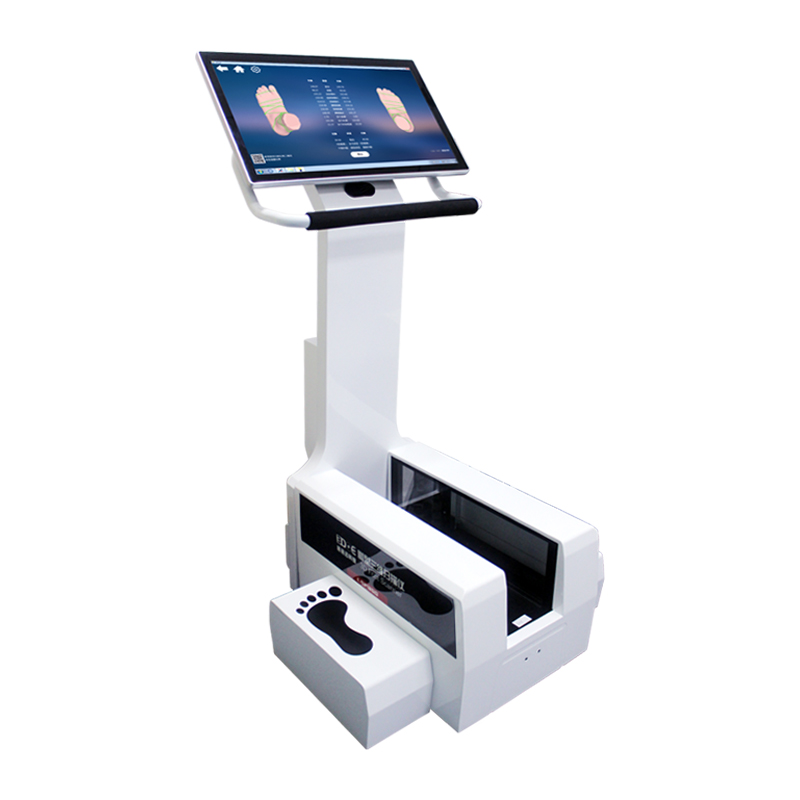
II. Function of Foot 3D Scanner
Personalized Customization: Foot 3D scanners have wide applications in the field of custom footwear. By scanning the user's foot shape, accurate data support for customized shoe designs can be obtained, including foot size and shape. This not only improves the comfort and fit of the shoes but also effectively prevents foot problems caused by ill-fitting footwear.
Sports Analysis: Foot 3D scanners can also be used in the field of sports analysis. By scanning the athlete's foot shape, dynamic data of the foot during movement can be obtained, providing scientific training guidance and adjustment basis for coaches and athletes.
Medical Assistance: In the medical field, foot 3D scanners also play an important role. They can be used to assess the condition of patients' feet, such as flat feet or high arches, providing strong support for doctors to develop treatment plans. Additionally, in rehabilitation therapy, doctors can customize personalized orthotics or insoles by scanning the patient's foot shape to help restore normal foot function.
Design Innovation: For footwear designers, foot 3D scanners are a revolutionary tool. By scanning a large amount of user foot data, designers can gain insight into the foot characteristics of different populations, thus designing shoes that are more ergonomic. This not only improves product comfort but also creates a unique competitive advantage for brands.
With the continuous advancement of technology and the expansion of application fields, foot 3D scanners will play a more important role in the future. On the one hand, with the improvement of scanning accuracy and speed, foot 3D scanners will be more conveniently applied in fields such as personalized customization, sports analysis, and medical assistance.
On the other hand, with the development of technologies such as the Internet of Things and big data, the data obtained by foot 3D scanners will be interconnected with other health and sports data, providing users with more comprehensive and personalized services.
As an emerging technological device, foot 3D scanners are attracting more and more attention with their unique working principles and wide range of applications.
With the continuous advancement of technology and the expansion of application fields, we have reason to believe that foot 3D scanners will play a more important role in the future, bringing more convenience and surprises to our lives.

 +86-0755-86131192
+86-0755-86131192 2024-04-19
2024-04-19 Back to list
Back to list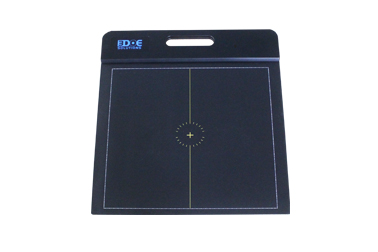
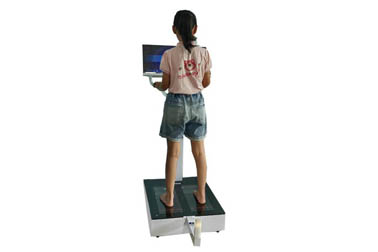
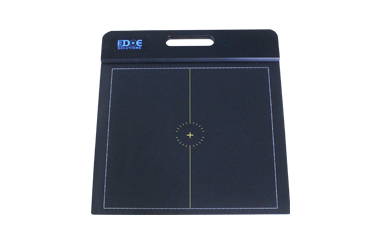
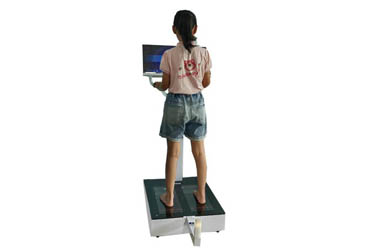
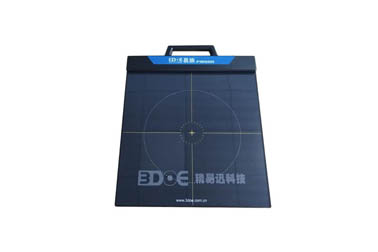
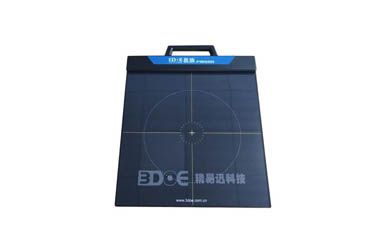



 +86-0755-86131192
+86-0755-86131192